Every person has certain values that are important to them and by which they live. In our series we want to introduce you to the values of our society and our coexistence through yoga teachers. Today with Chris Ahrweiler and Silke Schuster from the blog Lebensflow
Appreciation in yoga practice
Have you ever felt disturbed by a cloud of dust or a bang in your mood for the upcoming yoga class because a participant next to you threw his or her mat into the air like a magic carpet at the last minute?
Pretty much everything we do has some sort of external effect - both positive and negative: the ambulance can get through traffic well with its siren, but the ears of pedestrians on the sidewalk are ringing.
According to the Yoga Sûtra of Patañjali, if we do not want to harm other living beings in the sense of Ahimsã (non-violence) - an aspect of the Yamas, the first step on the eight-fold yoga path - we must become aware of the consequences of our actions. This includes, for example, that we are attentive and do not affect other living beings - such as participants in a yoga course - through our actions. This is a question of appreciation, because it is about the integrity, the integrity of another person, even if - as in the scenario above - it is only a slight irritation.
Appreciation in action
Appreciation is expressed in our actions. This not only applies to other people/living beings, but also to ourselves. Because we should not harm ourselves either, for example by overdoing an asana and possibly injuring ourselves. In addition, with our appreciation we strengthen the ideal to which we are committed. This makes sense, because what would be the point of practicing yoga withoutappreciating yoga ?
We would like to use a few examples to show how behavior can express appreciation and in this way enrich your own yoga practice:
The large and the small practice room
The large practice room (the “dojo”)
Yoga practice requires a space - in the broadest sense, even if we practice outdoors. Before we enter this room, we take off our street shoes and show our respect for the place where we want to practice. We can consciously notice it or even silently welcome it before we use it. At the same time, we signal to ourselves that we are ready to get involved in the practice.
In Asian martial arts, the practice room (the “dojo”) is a place of concentration and concentration. A slight bow to the practice site, the portrait of the founder (“O-Sensei”) and the teacher (“Sensei”) is a natural gesture at the beginning and end of each practice session, just as a well-groomed appearance and appropriate clothing are mandatory .
The small exercise room (the mat / “tatami”)
We need a mat for our yoga practice. It represents our personal “exercise space” within a larger room. The mat protects us so that we do not slip and do not injure ourselves. The mat gives us warmth on a perhaps cool floor. She shows us a boundary to the neighbor so that everyone can practice with concentration in their “practice room”.
We get in the mood for yoga practice, e.g. B. through a short meditation. We install rituals - these can be the OM at the beginning of the lesson, a mantra, Namaste, a small bow at the end of the lesson or a very individual gesture. Maybe we also set an intention for the lesson.
Self-esteem – How do we treat ourselves (Niyama)?
Our mat is our personal space for yoga practice. We prepare it by carefully rolling out the mat and, if necessary, preparing aids and a blanket. We cleanse the mat regularly, just as we care for our own bodies (second stage on the eightfold path: Niyama/Shauca, purity).
We respect our physical limits and are kind to ourselves. When we are sick, we take it easy and limit ourselves - if at all - to mental yoga practice.
We are worth this respectful attention to ourselves!
Respect for others – How do we treat others (Yama)?
If we stick to the example of the mat here, we respect the “practice space” of others in a yoga class. If we walk across another participant's yoga mat while crossing the room, we are essentially invading their personal space without being asked.
In a dojo, for example, such behavior would be unthinkable simply because you would usually move at right angles or parallel to the mats and never diagonally. Likewise, you will always maintain a reasonable distance from another participant. This applies to yoga practice until we perhaps do a partner exercise. In this case, we approach and treat each other with respect.
A yoga room is usually full of mats. There are small “alleys” between the mats that we can move through. Even if walking takes on a bit of a slalom character in this way, we still respect the practice space of those who have already sat down on their mats or will still sit down.
If there is a demonstration at the front of the room, we can ask the neighbor if we can sit with him on his mat. This shows respect and creates trust - as if we were coming to visit. If the yoga teacher steps onto his own mat while adjusting, this can be viewed as a tacit agreement. Because we enter this lesson consciously and want to be guided. In this respect, we accept that the teacher moves into our personal space to support us.
The behaviors shown are partly based on observations; We have partly transferred the rules from dojo etiquette into yoga practice or located them in the Yoga Sûtra. Where things are more strict in the dojo, at least the western yoga world is quite colorful - nevertheless, or especially here, we can be inspired by this appreciative, mindful interaction with one another.
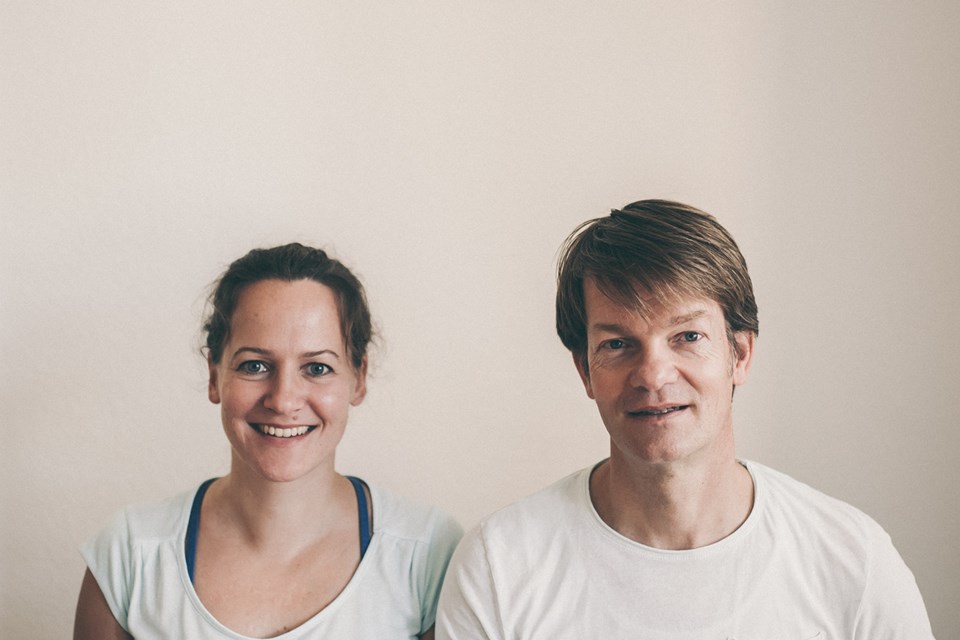
(© Katta Zensen photography)
About the authors: The article is a co-production by Chris Ahrweiler and Silke Schuster. Chris came to yoga through endurance and martial arts. Silke's roots lie in dance. With Yogakido, Chris is developing his own concept to enrich yoga in terms of movement technology and energy through aspects of martial arts. Silke is a Thai yoga bodyworker and founder of Lebensflow - The blog for yoga and joy of life. Both are trained yoga teachers in Vinyasa Yoga according to AYA. The Lebensflow blog can be found here .
You can find all previously published articles in the “Values and Yoga” series here .

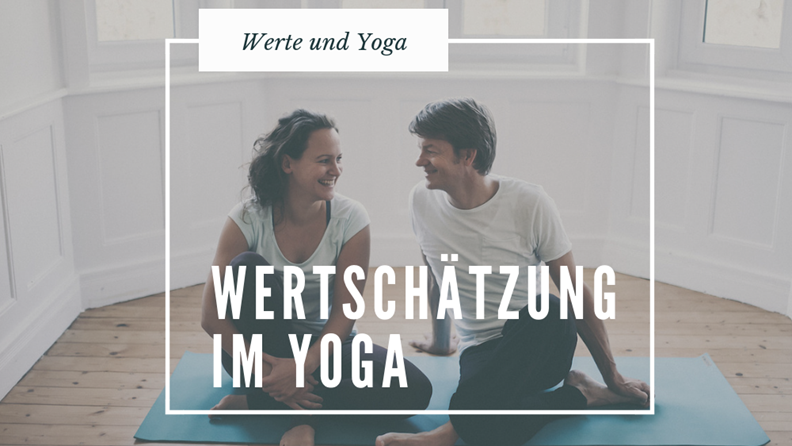


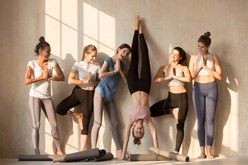



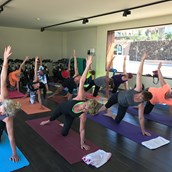
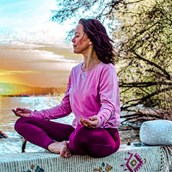
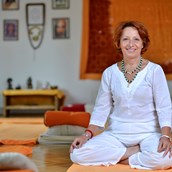
.png)